Best Timing for Siding Service
Proper timing for siding service can influence the durability and quality of the installation or repairs. The ideal periods generally depend on weather conditions, temperature, and humidity levels, which affect siding materials and application processes.
Spring offers moderate temperatures and longer daylight hours, making it suitable for siding projects. It reduces the risk of weather-related delays.
Summer provides warm weather, but high humidity and heat can affect siding installation, especially for materials sensitive to temperature fluctuations.
Fall is often ideal due to cooler temperatures and lower humidity, which promote proper adhesion and curing of siding materials.
Winter is generally less suitable due to cold temperatures, snow, and ice, which can hinder installation and affect material performance.

Spring offers ideal weather conditions for siding services, reducing delays and ensuring quality results.
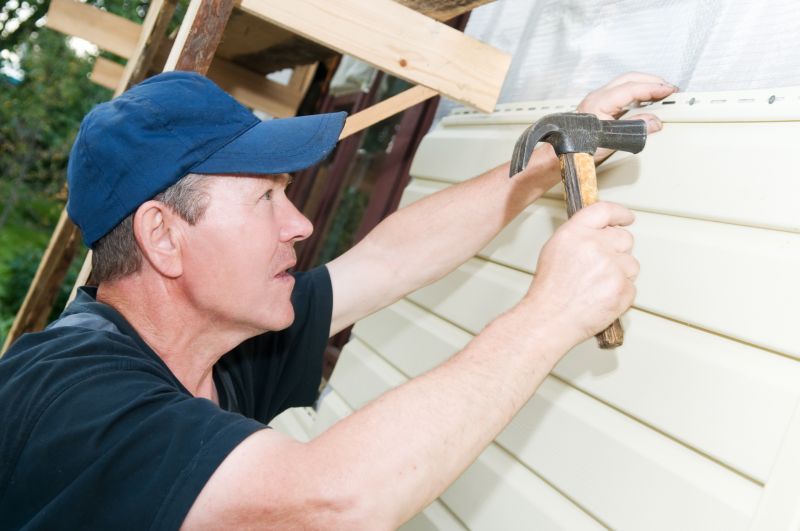
Summer can be suitable with proper planning to avoid extreme heat and humidity.
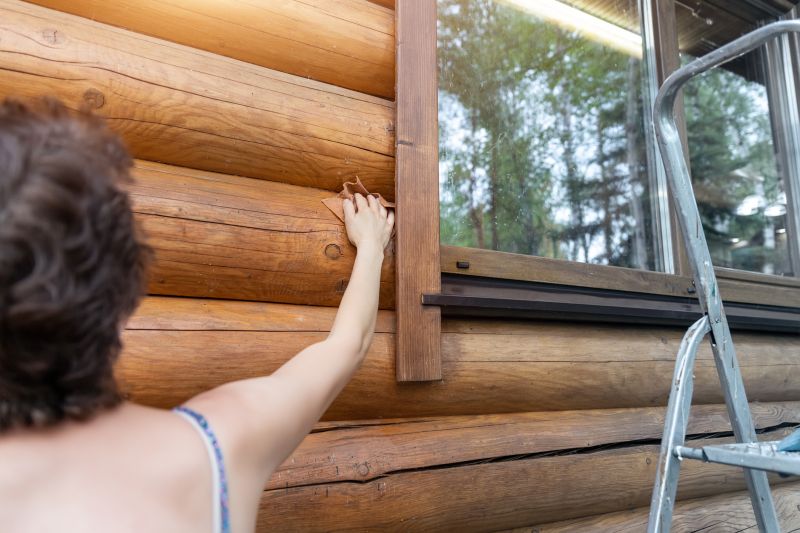
Fall provides cooler temperatures that support effective siding installation and repairs.
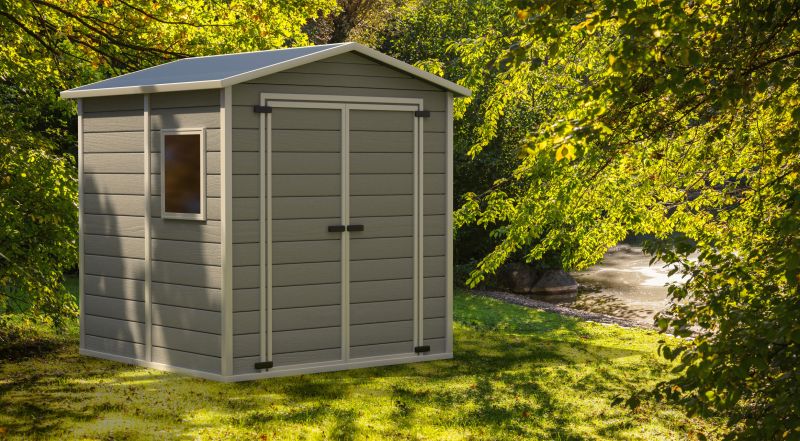
Ways to make Siding Service work in tight or awkward layouts.

Popular materials for Siding Service and why they hold up over time.
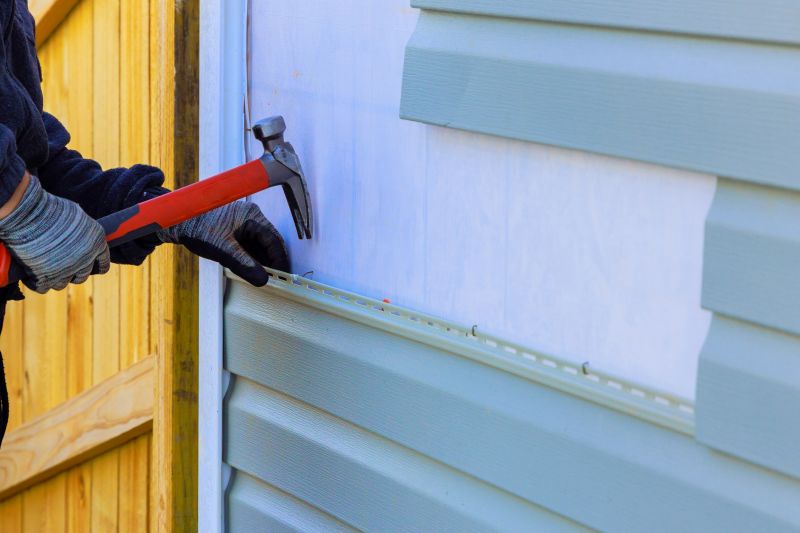
Simple add-ons that improve Siding Service without blowing the budget.
| Season | Suitability for Siding Service |
|---|---|
| Spring | Highly suitable due to moderate weather conditions. |
| Summer | Suitable with precautions against heat and humidity. |
| Fall | Most recommended due to cooler, stable weather. |
| Winter | Not recommended because of cold and snow. |
Siding service involves installing, repairing, or replacing the exterior panels of a building. Proper siding enhances curb appeal, provides insulation, and protects against weather elements. Materials such as vinyl, fiber cement, and wood are commonly used, each requiring specific installation conditions for optimal performance. Accurate timing ensures the longevity of siding and minimizes potential issues like warping, cracking, or moisture intrusion.
Statistics indicate that siding projects completed during optimal weather conditions tend to have fewer callbacks and longer-lasting results. For example, siding installed in spring or fall shows a significant reduction in material defects and installation errors. Proper scheduling also helps avoid delays caused by adverse weather, which can increase costs and extend project timelines.

Proper timing contributes to a smooth installation process with minimal weather-related disruptions.
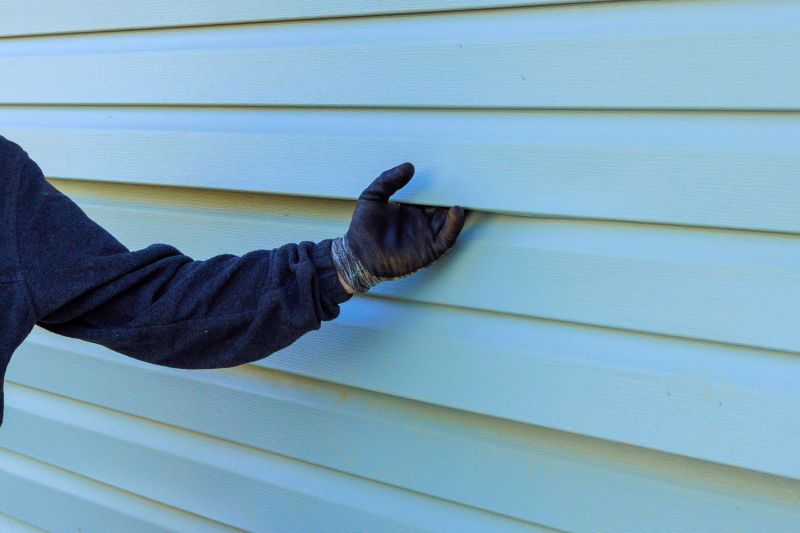
Selecting the appropriate season ensures the best results and durability of siding materials.
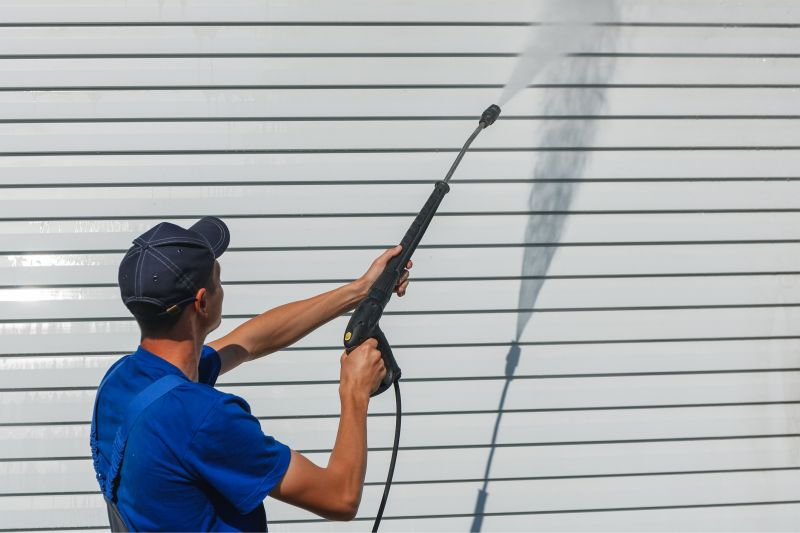
Weather conditions directly influence siding performance and installation quality.
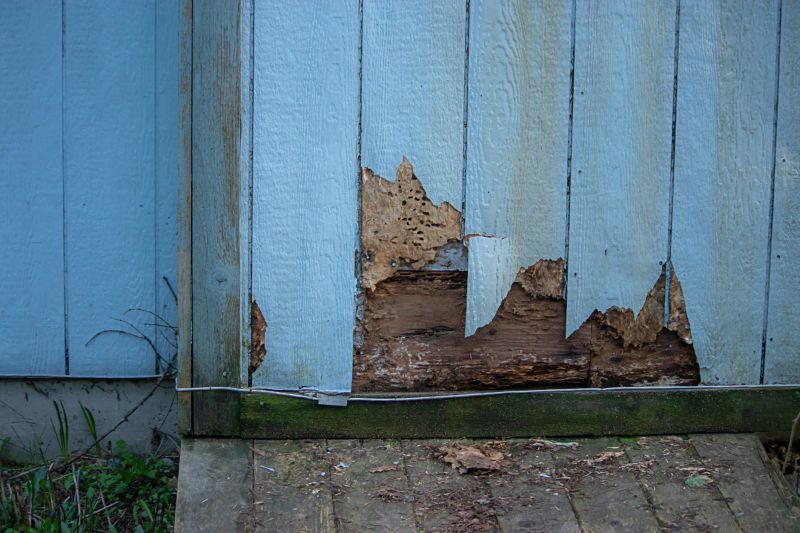
Timely siding service can prevent costly repairs and extend the lifespan of exterior panels.

High-end options that actually feel worth it for Siding Service.

Finishes and colors that play nicely with Siding Service.
Interested in scheduling siding service? Filling out the contact form can help determine the best timing based on local weather patterns and project requirements. Proper planning ensures the siding installation or repair meets quality standards and lasts for years to come.


